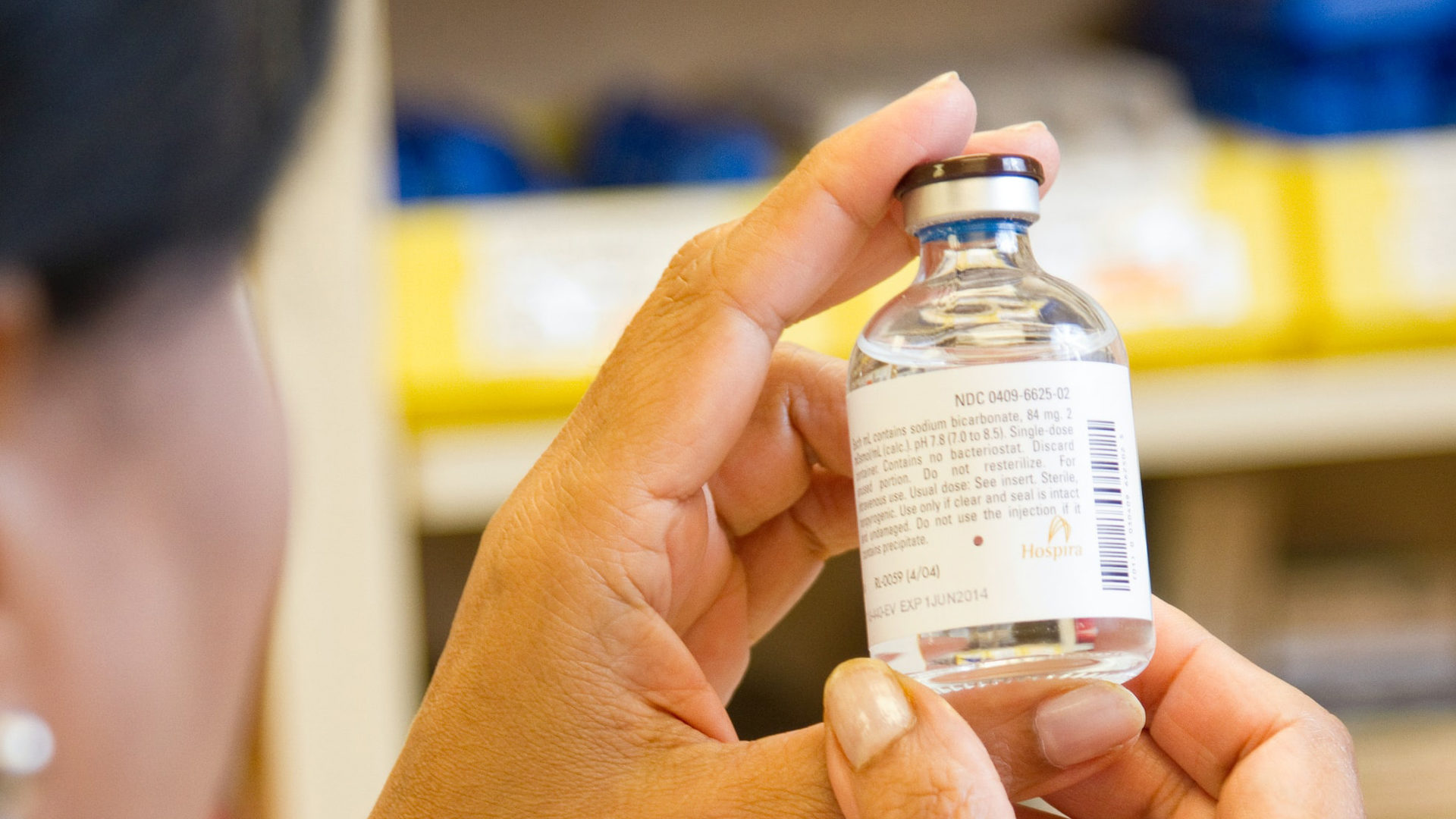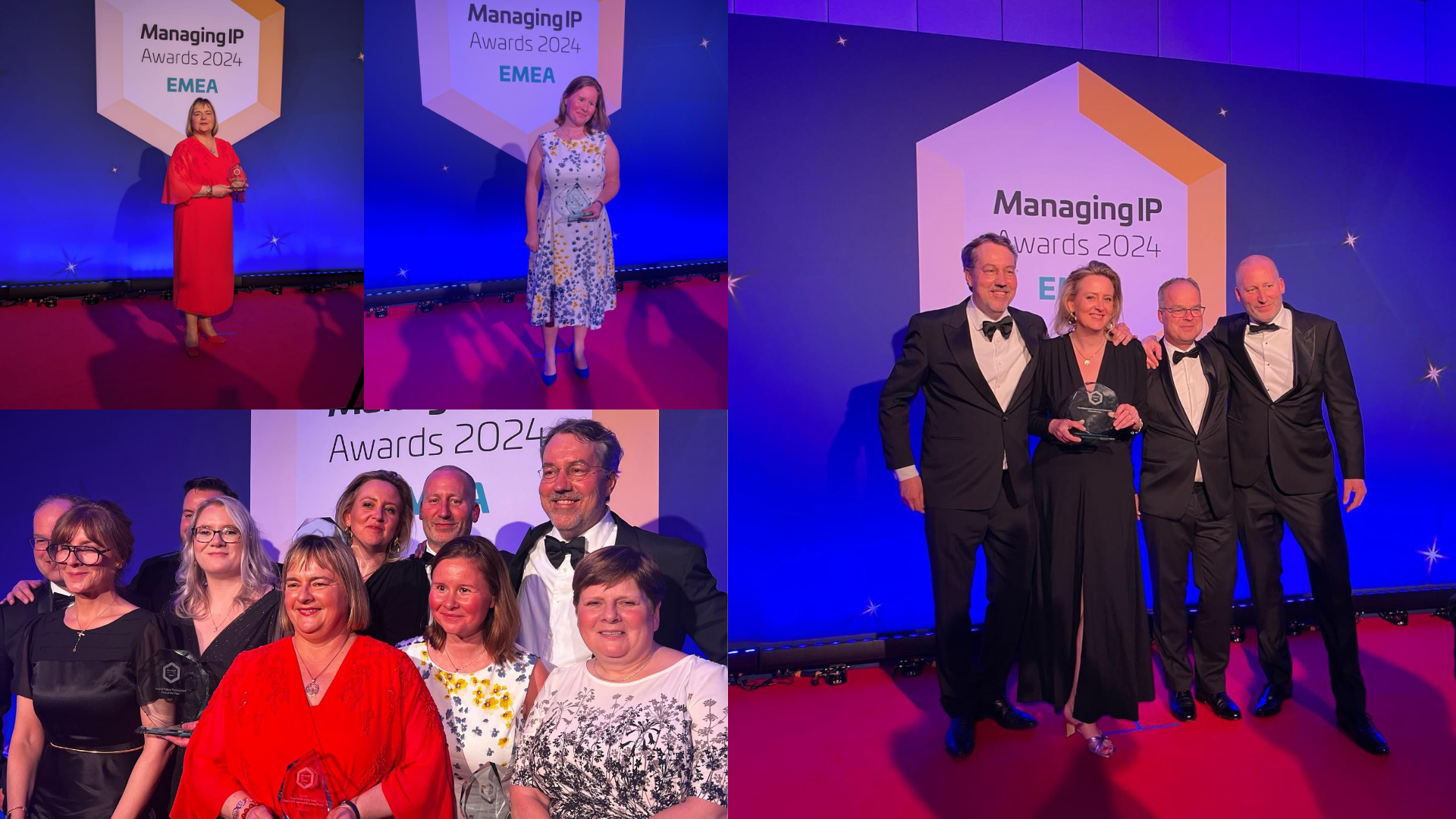Retail Scanner
Zippo-de-do-dah!
August 2019
How to protect a non-traditional trade mark. U.S. Trade Mark Registration No. 5527388, The sound of a Zippo lighter opening, igniting and closing, registered by Zippo Manufacturing Company.
In December 2018, Zippo successfully protected the sound of its windproof lighter opening, igniting and closing as a trade mark in the United States. It joins a select list of other sounds to reach registration, such as the MGM Lion’s Roar and the Nokia tune.
What should retailers take note of?
The case reinforces the importance of partnering with marketing teams to ensure that distinctive assets are not only identified but are being proactively used to build consumer recognition.
What was the case about and what was decided?
For those unaware, a Zippo lighter is a reusable metal lighter manufactured by the American Zippo Manufacturing Company. Since their creation in the 1930’s, thousands of different styles and designs have been made including military versions for specific regiments. It is claimed that the sound of the lighter opening, igniting and closing, first achieved worldwide recognition when used during World War II, during which time American soldiers used the famous sound of the Zippo lighter to signal to each other in the dark.
Obtaining a trade mark registration for a non-traditional trade mark is no easy business. Anyone who has attempted the process will know that while the laws in various countries like the EU and U.S. technically provide protection for such marks, practically speaking how to protect them is less clear.
In Zippo’s case, the application was initially refused by the USPTO on the grounds that there was insufficient evidence to show that the mark functioned as a trade mark. They also asked that Zippo explain the extent to which the applied-for sound mark comprises the sounds emitted by their goods in the course of their normal use, and how the mark was used on or with the goods and not merely as part of advertising for the goods.
In their response, Zippo were able to show that although the mark did comprise of the sound emitted by the goods, they had made such significant use of the sound since 1933 that it had independently become recognised by consumers as an indicator of origin.
In addition to the traditional evidence showing sales figures and advertising spend, Zippo showed that they had made significant efforts to build up consumer recognition of the sound, incorporating it creatively in their sales materials. For example, they produced:
- Electronic displays associated with the goods at the point of sale where the consumer can click on an icon labelled “HEAR THE CLICK” and the sound is played.
- Retail store features that have “sound buttons” which, when pushed by consumers, play the sound.
- In-store equipment that project the sound to consumers as they select and purchase the goods.
- Packaging that incorporates the sound, e.g. a tin that can be pushed to replicate the sound.
Through submission of this information and other significant amounts of evidence, such as the sound being used in films and on TV, Zippo were able to successfully overcome the Examiner’s concerns and obtain registration based on acquired distinctiveness.
Conclusion
Where consumer research has revealed that there are non-traditional elements of a brand that consumers look to and recognise as distinctive, it can be frustrating for Marketers and Trade Mark Attorneys alike that it can be difficult to protect these valuable brand elements as trade marks.
It could even be said that trade mark laws and procedures are still lagging behind the more advanced technologies that provide eye tracking data and distinctive asset grids, by still asserting that nearly anything that isn’t a word or a logo needs to have acquired distinctiveness before it can become registered.
However, the Zippo case reinforces that it is possible to obtain protection (even if you don’t have 8 decades to wait!), by creatively using these non-traditional assets in or on packaging and surrounding point of sales materials. Most importantly, brand owners need to create a record of such use. This highlights the importance of Marketing and Legal teams continuing to work together to ensure that valuable brand elements are identified as soon as possible, to determine what can be done to ensure that trade mark protection can be obtained.































